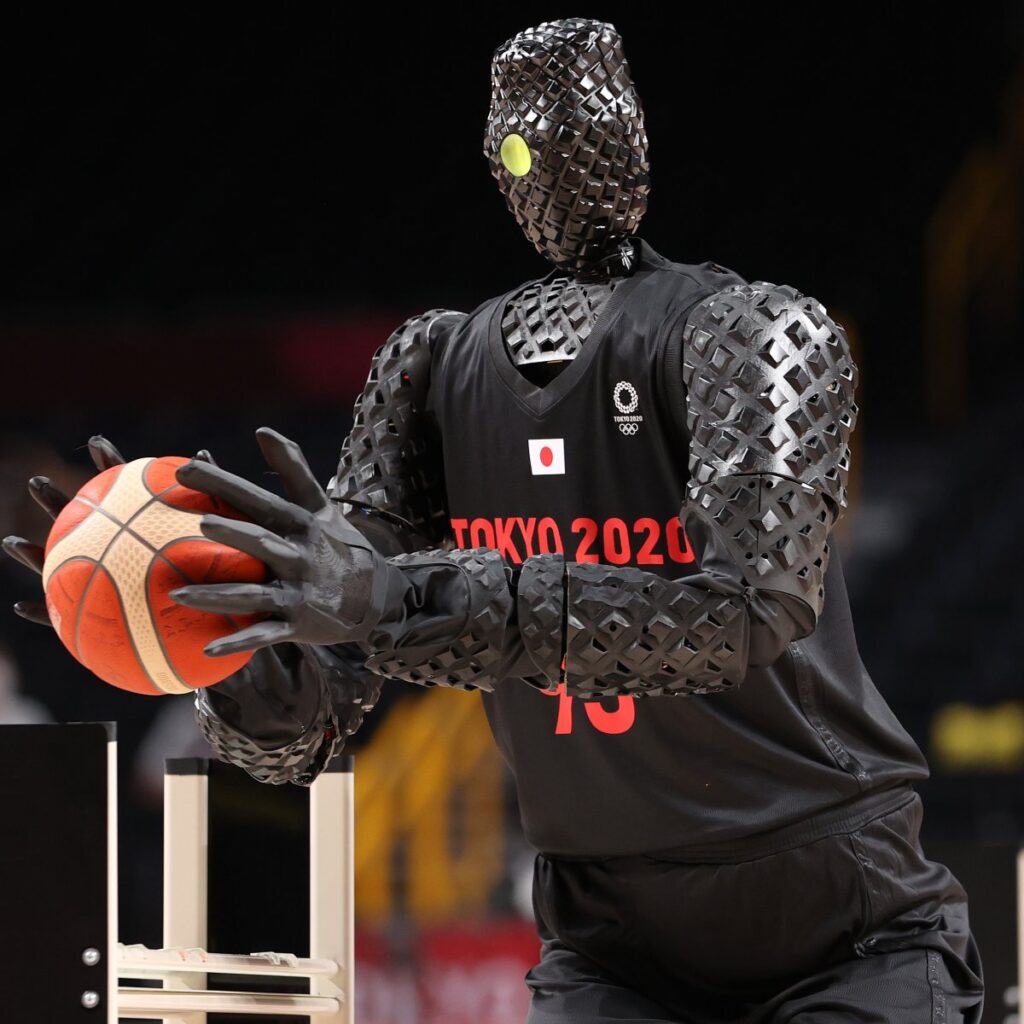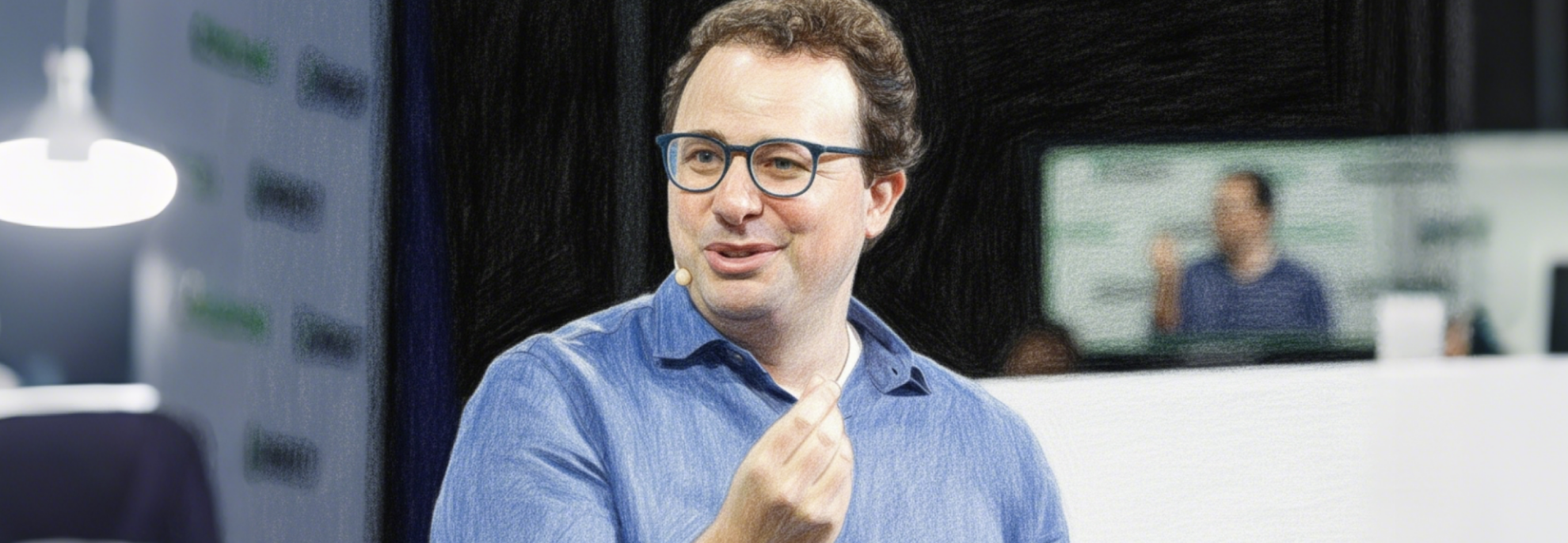In the Olympic men's Basketball Game, the Robot Has the Highest Shooting Percentage?

The Tokyo Olympics has officially opened.
As the world's largest international event, this Olympics has had a rough ride. The one-year postponement, cancellation of spectators, epidemic prevention and control, facilities and services have been controversial, including the opening ceremony on Friday, whose bizarre style also sparked discussions among audiences around the world.
Pitching robots steal the show
As of July 26, more than 60 games have been held at this Tokyo Olympics, and Chinese Olympic athletes have also achieved good results in the arena.
In the men's basketball group match held recently, the defending champion of the last Olympic Games, the United States men's basketball team, faced the French men's basketball team in the first round. In the end, the French team defeated the United States team 83-76, ending the United States men's basketball team's 24-game winning streak in every Olympic Games since 2004.
Throughout the game, France shot 47%, while the United States shot 36%.
But the most eye-catching player in the game was a non-staff basketball player, who made 3 of 3 shots and got a shooting percentage of 100%.It is Cue3, the pitching robot that performs during the halftime show.
During the halftime break of the game, Cue3 entered the court under the guidance of the staff and performed free throws, three-point shots and half-court shots. All three shots were hit, and the movements were continuous and smooth, which won cheers from the audience.
The performance video was also uploaded to Twitter by the Tokyo Olympic Organizing Committee, attracting the admiration of netizens and media from all walks of life.
One netizen commented: The robot’s performance made the American team even more embarrassed.
Won the world record for consecutive free throws
Cue was born out of a community activity within Toyota.
In 2017, in order to encourage company employees to contact and learn artificial intelligence,Toyota held an event called "Start from absolute beginners and take the challenge of AI development!" A group of engineers with no experience in robot development were inspired by the free throw practice of Sakuragi Hanamichi, the protagonist of the animation "Slam Dunk", and designed this series of pitching robots.

In just a few years, after several official versions of the iteration, it finally appeared in the Olympic Games. Initially, the Cue series shot at the free throw line. At the end of 2018, Cue had to be recalibrated for nearly 1 minute every time it shot a ball.
Through the team's unremitting efforts, the preparation time has been greatly shortened and the hit rate has been continuously improved.At this point Cue can score a goal every 12 seconds.
The team had a bold idea - to challenge the world record. In June 2018, the team tried to let Cue shoot 2020 consecutive times at the free throw line to celebrate the upcoming Tokyo Olympics.

In the end, the third-generation robot Cue3 of the Cue series took 6 hours and 35 minutes to shoot 2,020 consecutive balls at the free throw line, setting a Guinness World Record., becoming the first humanoid robot to score the most consecutive free throws.
Pitching robots are just the first step
In addition to the pitching robot, Toyota has been focusing on developing human companion robots based on the concept of supporting human activities and coexisting with humans since 2004. So far, it has released robot prototypes and concept works with various functions, such as assembly line operation robots, home companion robots, and heavy object transportation robots.

Toyota's Cue series of robots seem to only be able to pitch now, but during their research and development process, they need to first understand humans and then use machines to complete human actions.A movement that seems common to us often requires thousands of calculations and simulation experiments for a robot to achieve in the eyes of humanoid robot researchers.
With the development of artificial intelligence technology, in recent years, in addition to the basic characteristics of perception, decision-making, and execution, robots have acquired the ability to assist or even replace humans in completing dangerous, heavy, and complex tasks.
Humanoid robots can not only improve work efficiency and quality and serve human life, but also expand or extend the scope of human activities and abilities.
Hiroshi Kuroishi, a famous Japanese robotics research pioneer, once said:The purpose of creating robots is to think about the meaning of human existence.



